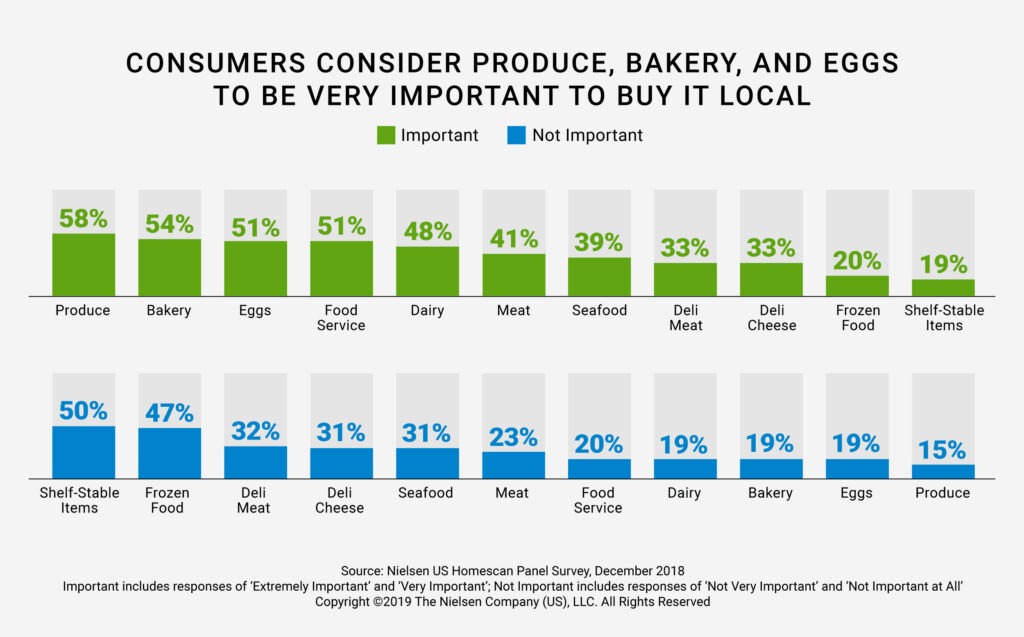If I were being honest, my "breakfast of a champion" isn't the most environmentally friendly. I believe some of this can be fixed. For one, better farming practices can be mandated. Let’s promote sustainable farming practices for dairy and eggs. This includes nurturing soil health, minimizing chemical use, and enhancing biodiversity. We should also ensure better animal welfare standards and more efficient resource management (water, feed, and energy). With this being directed towards both eggs and dairy, both elements of my breakfast are better for the environment. In my last blog post, I mentioned the amount of waste that came with the Chobani yogurt. To aid this, governments can promote the use of eco-friendly materials like biodegradable, recyclable, or reusable ones for product packaging. Governments should encourage companies like Chobani to take a bold step towards zero-waste manufacturing. The solutions listed come with constraints. The biggest being the cost. Small farmers to big cooperations would undoubtedly be against this, since this would raise their prices. They are more likely to pass this cost onto the consumer. Some local actions that can be taken, and that are actually realistic, are supporting local groceries to implement some environmentally friendly standards. This could come in the form of establishing local recycling facilities that focus on sustainable packaging recovery and reuse. In this article, it's stated that 54% of shoppers shop local at least once a month. So the impact of local regulations or support will be great. I know I've mentioned support for farmers and local stores, but governments should also branch out and help its local citizens.I know I've mentioned support for farmers and local stores, but governments should also branch out and help its local citizens. A great way to do this is to incentivize buying from grocery stores that are more sustainable or even local farmers. The graphic posted below shows what consumers think is important to buy local and what is not. If local establishments were in on making sustainable strides, a lot of the goods consumers want to be local are in sustainable form factors.

Comments
Post a Comment